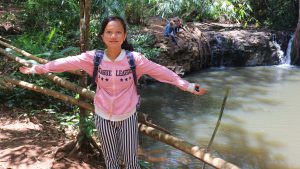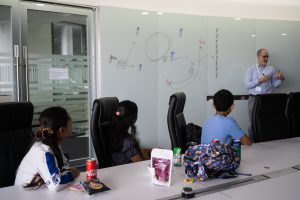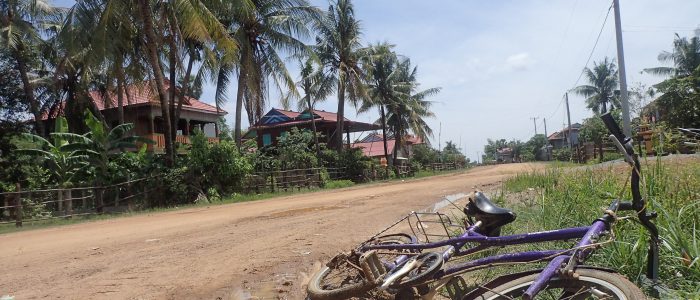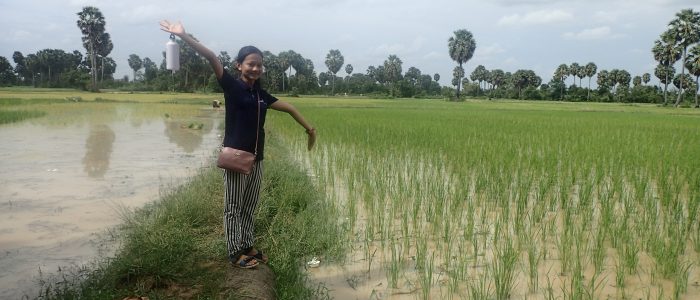What do you think when you hear about the filming and acting industry? Do you think about those famous actors/actresses in high-quality companies or do you think about plays in a theatre, TV Shows, or youtube videos?
Well, all of the things listed above have a lot of things in common, but one feature I want to highlight is the Art of Visual Storytelling.
What is Visual Storytelling?

When you watch your favorite movie and get so consumed, do you feel like you are in a completely different world? Like you are really going with the characters and their missions?
That is what Visual Storytelling does to the audience, is to get their attention, engagement and to deliver the audiences the best experience they can have from visual effects. It is a way of telling the story through elements that we can see in the film, not by words or texts.
Factors that Affect Story-Tellings & How You Can Learn to Make it Better
Story-telling can be impacted by many different effects that can be used to create a story and attract the senses of the audience, without relying on texts but by doing in Visually instead.
a. Lighting

Lighting plays a really important role in story-telling because it has the power to create moods or tone that can provide a context of an emotion or situation of the story that we want to tell. In addition, lighting can communicate the traits of characters to the audience, sometimes even without the audience’s consciousness!
For example, when you see a silhouetted man that comes out of a dark shadow and his face is so dark, you can assume he is a bad guy from a dark family or background. Dark lights often used to depict emotions related to horror, thrilling, negative, sad or lonely. Sometimes, filmmakers use lighting to attract the viewer’s attention to the main subject that they want to highlight.
b. Editing/Visual Effects

Since the editing technology has developed greatly throughout these several decades, filmmakers can use editing as a major tool to enhance their story-telling in movies and films. It can allow the quality of the film to go beyond what only Cameras can do. Editing can add abstract elements that the camera can’t take, making films with abstract ideas look more realistic.
c. Sound

Out of the five of human’s senses, our brain can process sound faster than any other senses (-from Blog.Medel.com), which means the sound is an important feature to evoke the audience’s senses and bring their full attention and interest to the movie. A good movie has realistic sound effects that are made in either the studio by different props (famous companies like Disney has a studio full of the props to create sound effects) or in the real set. Filmmakers need to make sure that the sound is high-quality as always to ensure the quality of the whole film.
There are two types of sound in film, Diegetic and Non-Diegetic. Diagetic is the type of sound that is in the world of the stories including communication between characters, sounds from actions and more. Non-Diegetic is the sounds that aren’t in the world of the stories but are edited to communicate to the audiences.
d. Context/Background

They say a picture is worth a thousand words. Indeed, pictures we see in films tells us the story without using texts or speeches. The pictures communicate the stories to us in an interesting way that can bring our interest to the movies. That is why context and background in films are important, it shows the world of the story without using a lot of texts or speeches that usually bore the audience.

e. Color

Do you feel the difference when you watch an old black and white movie and when you watch a vividly colored movie? Does it make you more engaged and understand the story better? According to Kendra Cherry, an educational consultant and psychology professor, Color is a powerful communication tool and can be used to signal action, influence mood, and even influence physiological reactions. Therefore, the right use of color to paint a story in films is crucial.

f. Camera Angles/Different types of shots
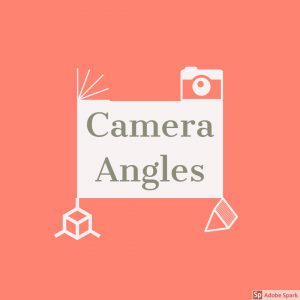
Although most of us don’t notice the way movies are shot, the angles that the actions are captured can have a powerful change to the way we view the stories.
For example, high angle shots make the character below the camera looks weak, sad, down or being beaten. It represents vulnerability, emphasizes the danger or adds tension to the story.

On the other hand, low angle shots make the character above looks powerful, confident and strong. Mostly, it is used to portray courageous heroes or characters who have more power and control than others.

These are just a few simple examples, but there are more to angles than we notice.
To conclude, filmmaking is a challenging process that requires creativity, understanding, and knowledge of the field. However, it can be a great tool to change people’s mindsets and convey important messages to the audience, therefore, creating the possibility of a better future.
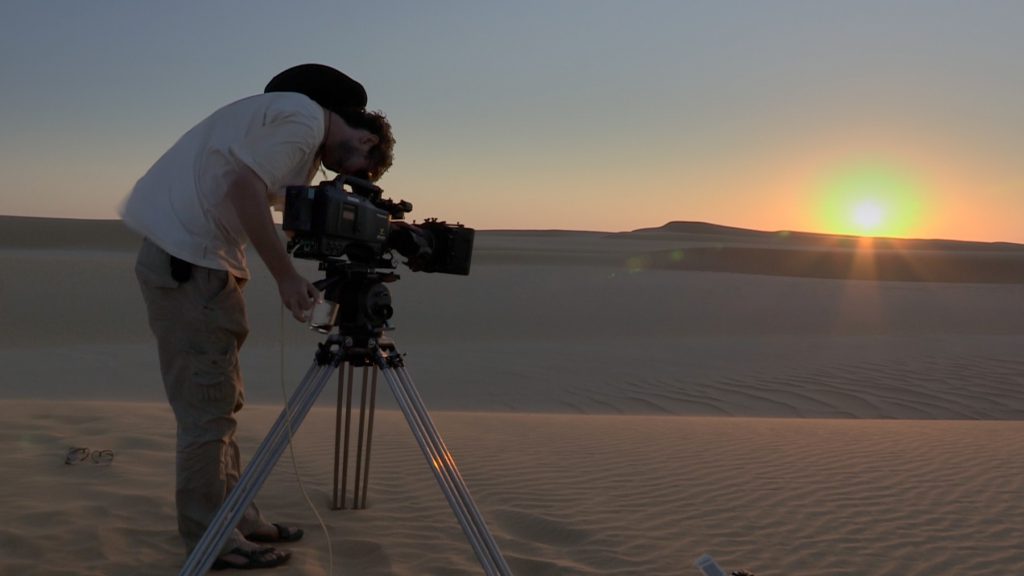
For more information or further learning: check out these great articles that I have cited in the post:

